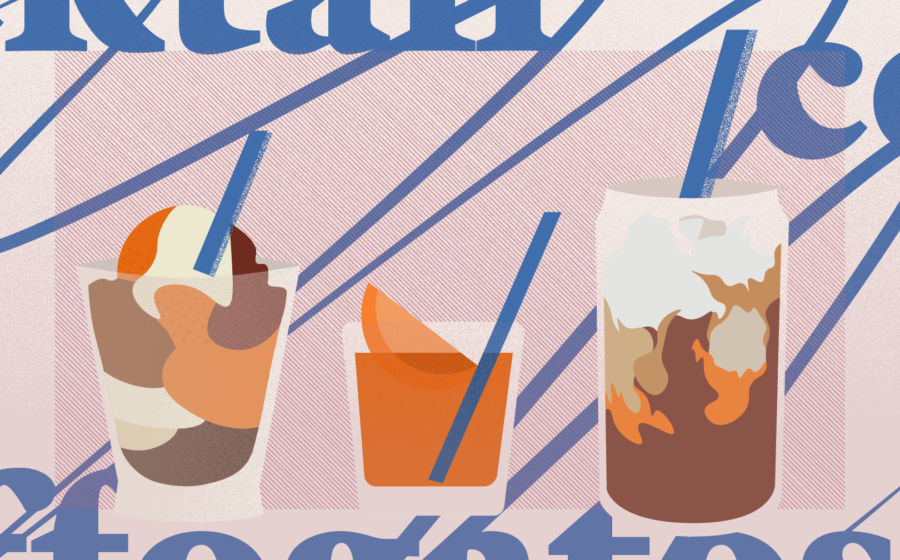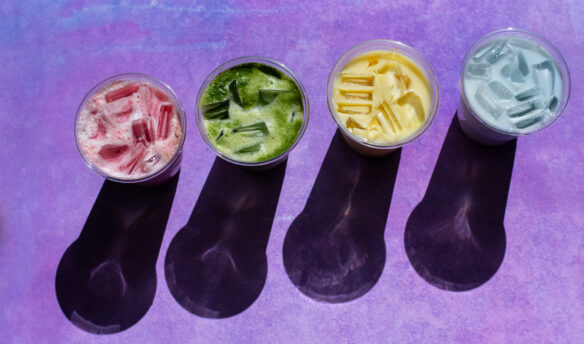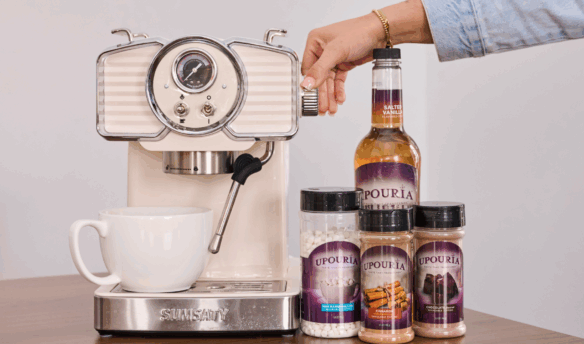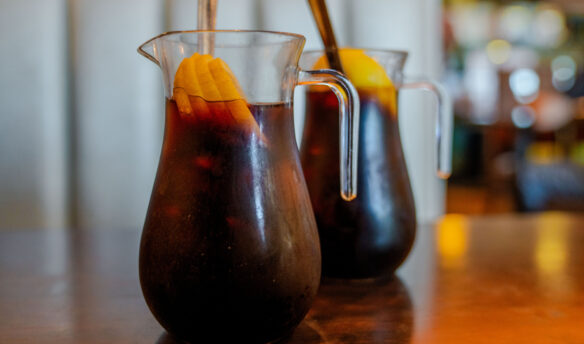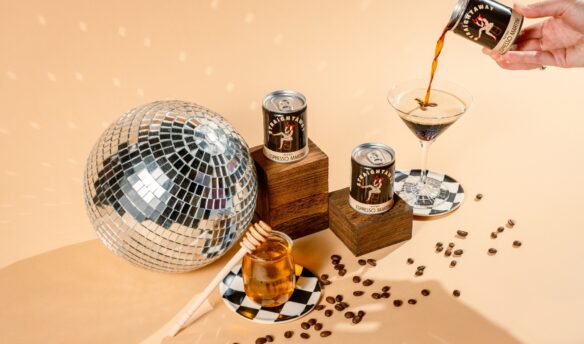You’ve likely seen coffee concentrate before: just add water, and many concentrates promise all the flavor and intensity of freshly brewed coffee. But there’s often an ocean between a thing and the distillation of a thing, and maybe you’ve had a coffee concentrate or two that hasn’t entirely lived up to the hype. However, many coffee companies are investing time and energy into improving concentrates, pushing them beyond simply being a facsimile of a cup of coffee. With technology helping to make concentrates better than ever, more and more people are using concentrates in cocktails and coffee concoctions, unlocking a world of new potential.
From established roasters like Klatch Coffee, whose single-serve iced coffee recipe tutorial instructs drinkers that “the best ice coffee starts with concentrate,” to newcomers like Pop & Bottle that sell coffee concentrate in jugs for consumers to experiment with at home, coffee concentrates are increasingly becoming more popular. As the quality of coffee concentrates increases, the opportunities for coffee innovation are seemingly endless. Coffee continues to enter new markets and realms—and coffee concentrates are playing a key role in making that possible.
Creative Freedom
For the 2023 holiday season, Jeni’s Splendid Ice Creams launched L’affogato, a twist on the classic Italian affogato made with ice cream, garnished with a butter crisp waffle wedge, and topped with a cold brew concentrate from Slingshot Coffee. The coffee concentrate, a custom dark roast with beans sourced from Colombia, is delivered to each store in a 64-ounce box with a spout on the bottom for easy serving.
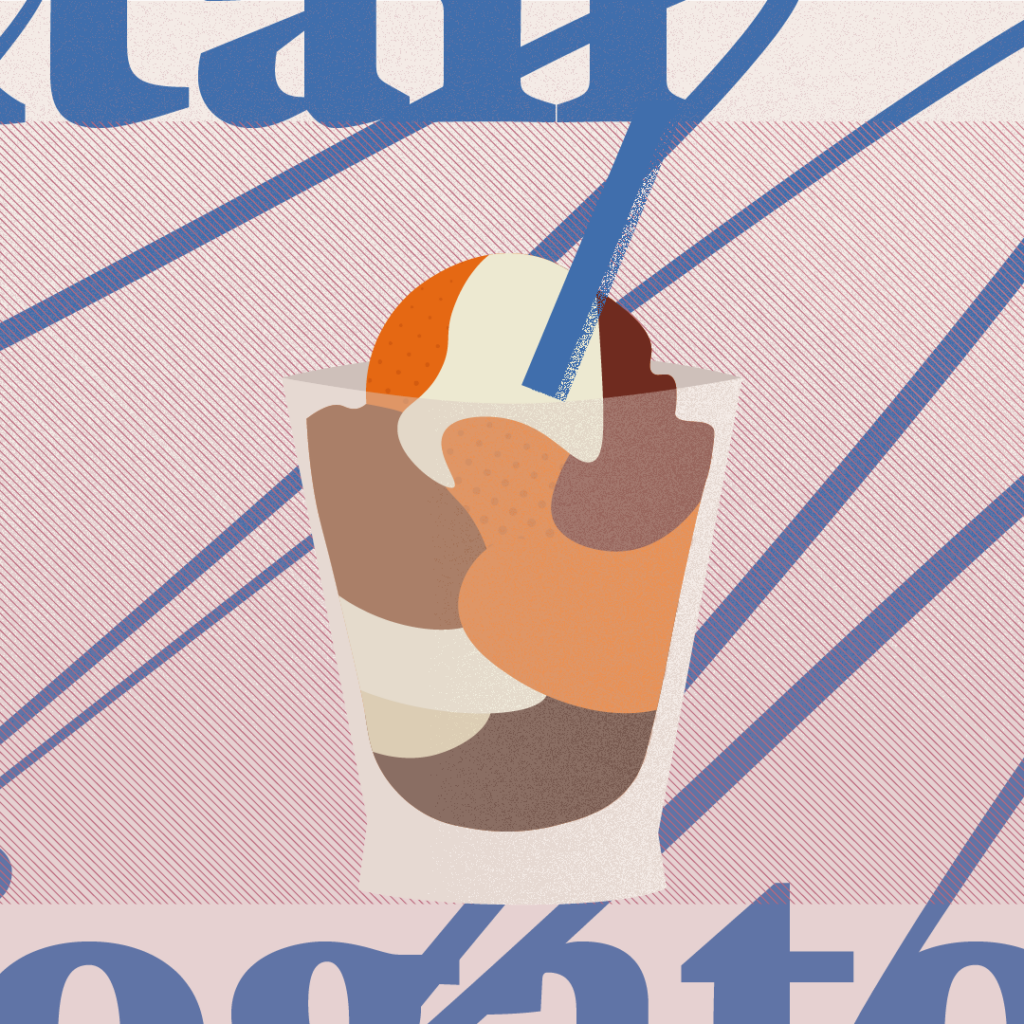
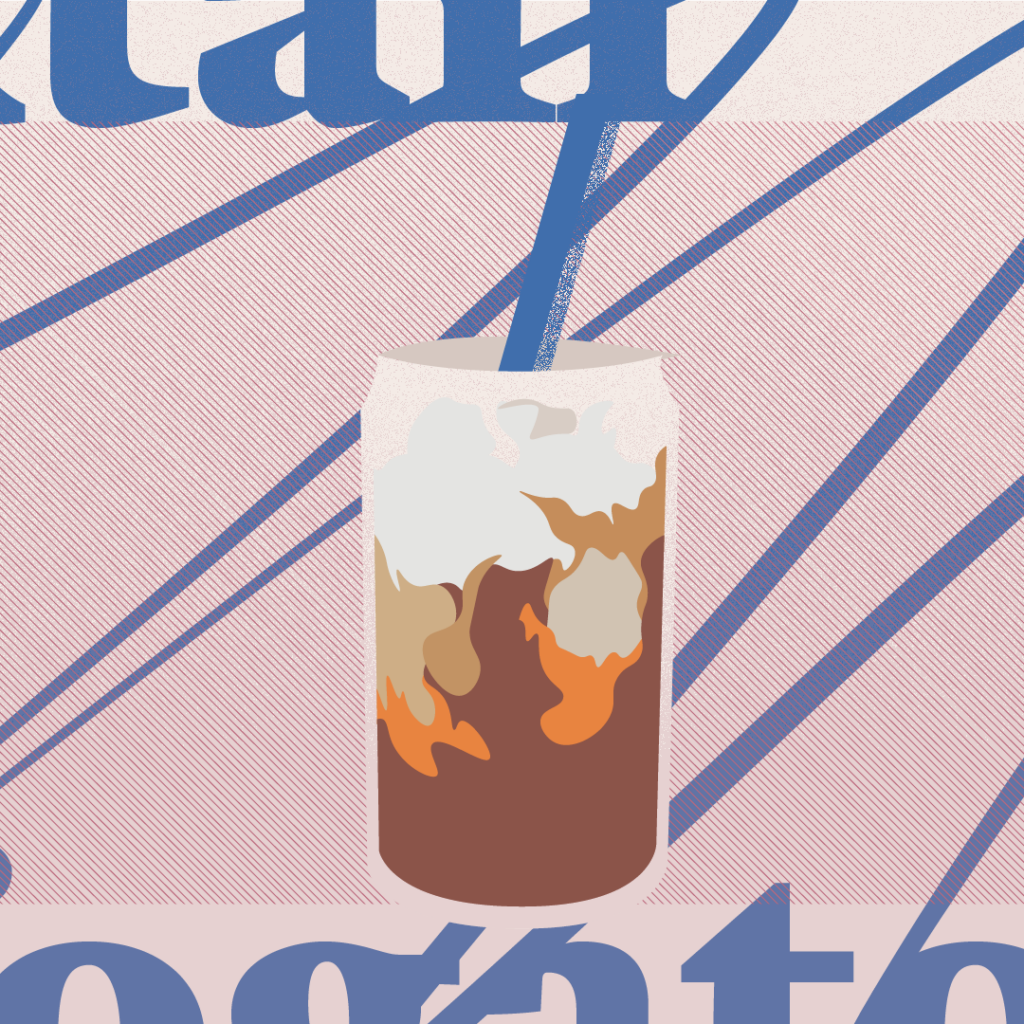
“We pour the cold brew all over the ice cream, just like you would a shot of espresso over ice cream in a classic affogato because we want to mimic that satisfying icy shell you get when coffee hits the cold cream,” explains Beth Stallings, director of innovation and communications at Jeni’s. “We chose not to dilute the concentrate because we wanted to mimic the body and strength of espresso as much as possible.”
Jeni’s doesn’t have a coffee program, so this was an accessible way to create a novelty item without investing in espresso machines at all their shops. The L’affogato was initially slated to be a limited-time offering but has done so well in scoop shops that it’s now permanently on the menu.
“We wanted a coffee that would be rich and compliment the ice cream but also have the ability to stand on its own if you just took a sip,” says Slingshot Coffee founder Jenny Bonchak. “It’s a darker coffee with a pretty fine grind, so the recipe development was just as much about equipment engineering as it was the coffee itself.” Bonchak worked closely with the Jeni’s team to taste through various iterations before landing on a nutty and caramel-y cold brew that would pair well with the store’s vast array of ice cream flavors.
Beyond Cold Brew
Much of how we’ve seen concentrates traditionally utilized are through cold brew, and many cold brew recipes rely on users making a concentrate and then adding water to your desired strength. But some believe the possibilities in concentrates extend far beyond cold brew. “The cold coffee category will reach its full potential once concentrates deliver the espresso flavor of a well-run coffeehouse and eliminate the complexity, cost, and limitations of an espresso machine,” says Lou Vastardis, president of BKON, a coffee extraction company based in New Jersey.
BKON’s extraction technology is centered around a patented process called Reverse Atmospheric Infusion®, or RAIN®, which “allows brands to deliver shelf-stable products that taste ‘fresh’-made, so you can efficiently scale your cold coffee program,” according to their website.
Vastardis is exceptionally bullish on coffee concentrate’s potential. While the vast majority of cold coffee drinks are currently milk-based (think about all the cold coffee drinks you see in grocery stores and gas stations), he predicts that by delivering the signature flavor of espresso with a smoother and sweeter profile, coffee concentrates can innovate in areas like sparkling and non-milk coffee beverages. “If successfully navigated, coffee concentrates could produce the largest and most dynamic growth phase in the history of coffee over the next couple of years,” he says.
“Coffee concentrates provide the opportunity for bars and cafes to replicate coffee drinks at the highest standards with unmatched speed and innovate beyond the menu that has defined the coffeehouse experience up to this point.”
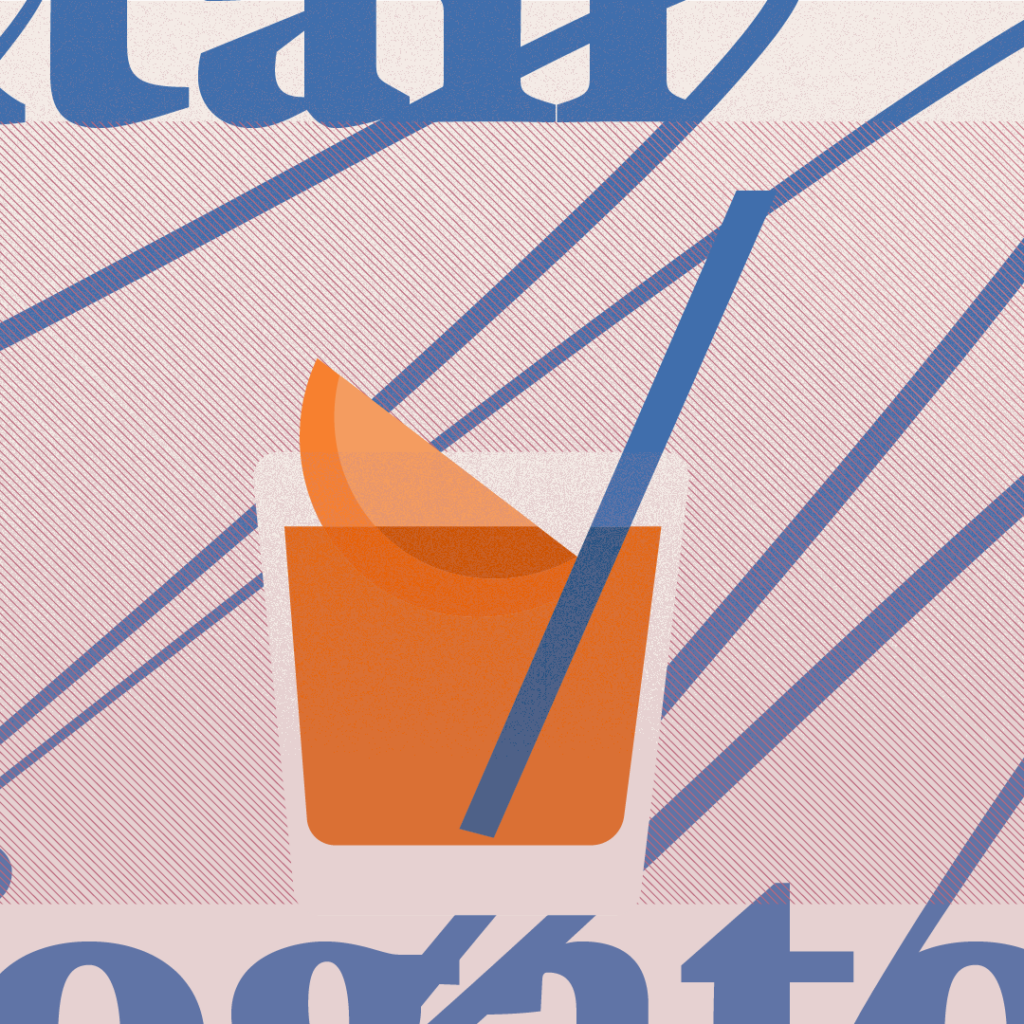
Just last year, BKON partnered with Joe Coffee to launch Coldstretto, a shelf-stable, ready-to-use cold espresso that captures the flavor of espresso—BKON worked with Joe to help create a product that matches the flavor profile of Joe’s signature Waverly espresso blend. This year, Vastardis says BKON is partnering with more brands to co-create new Coldstretto products.
Vastardis thinks the possibilities are endless for Coldstretto. “We’ve experimented with dropping a shot of Coldstretto into hot coffee to bring its temperature down slightly and for the extra caffeine boost,” Vastardis says. Shots of Coldstretto could also be added to hot drinks like chai tea lattes and hot chocolate.
Cold Brew Breakthrough
Despite innovation in the category, coffee concentrates have been around for decades. Groundwork Coffee has been making coffee concentrate for 20 years, beginning when they first started serving cold brew beverages at their cafes. “About 13 years ago, we centralized our cold brew production, built our brewery, and launched our RTD beverage line as well as serving a multi-serve (multiple serving) concentrate to our wholesale customers and our cafes,” says CEO Eddy Cola. Along with RTD drinks in grocery stores across the US, you can buy 32-oz glass bottles of Groundwork’s coffee concentrate from any of their LA stores.
If successfully navigated, coffee concentrates could produce the largest and most dynamic growth phase in the history of coffee over the next couple of years. Lou Vastardis, bkon
But there’s still room for growth in the coffee concentrate/cold brew sector, particularly as the popularity of cold coffee drinks continues to grow. “Cold brew as a category has been steadily growing every year in all formats, from multi-serve concentrate format to ready-to-drink,” Cola says. “During the pandemic, we saw a lift in our concentrate multi-serve format in grocery stores.” Cola likes the versatile format of coffee concentrates while allowing the brand to maintain the consistency of its product.
Consistency and versatility are critical for the folks at Modern Times Coffee in San Diego, who have been making a cold brew concentrate using their Shadow Party Dark Roast for a little over a year. Currently, it’s only offered to wholesale accounts in a keg format, but coffee program supervisor Gabrielle Rosenberger says they are exploring other packaging options to bring it into tasting rooms. “Most of the accounts that purchase it use it as an alternative in their espresso martinis—the character of the dark roast coffee gives a similar flavor profile as a shot of espresso,” she says.
Where Rosenberger sees the potential of concentrates is their ability to serve as a canvas for any coffee drink. “I think the versatility of a coffee concentrate is what sets it apart from other products. People looking for caffeine can dilute to their taste with water or milk for super easy at-home iced lattes or use them in their pure form for a cocktail.”



